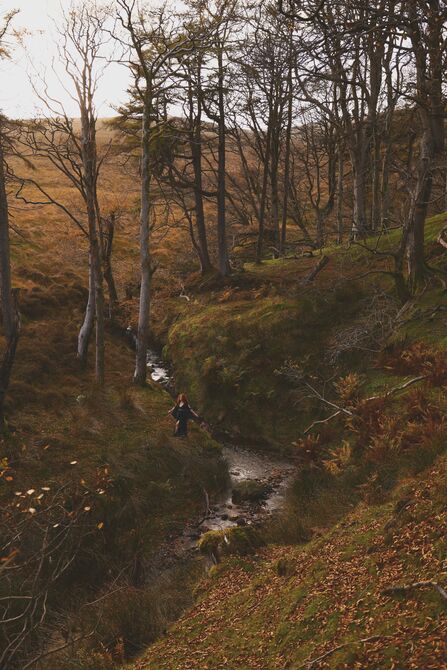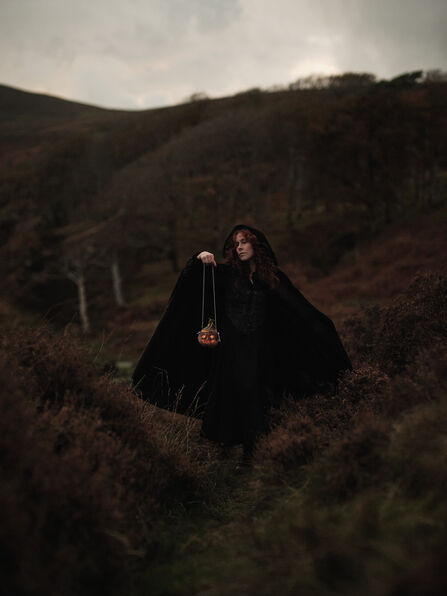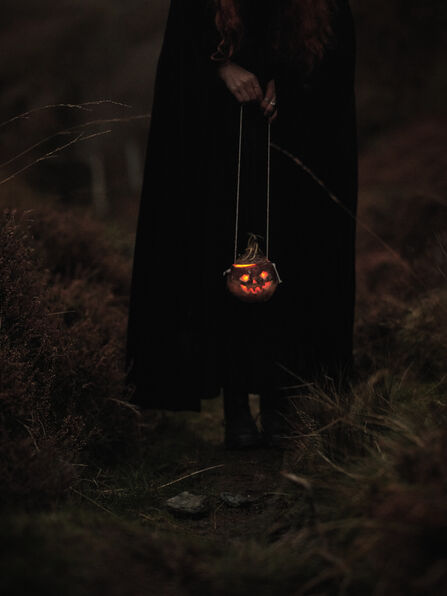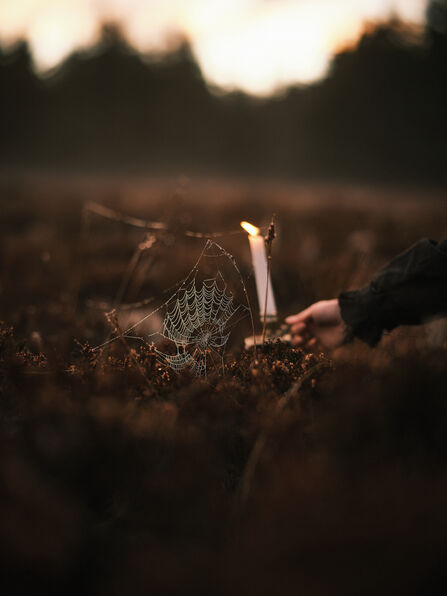The Veil Between Worlds
As the last leaves fall and the days shorten, the ancient festival of Samhain marks the end of the Celtic year and the beginning of the new. Celebrated on 31st October, it was once seen as a liminal time when the veil between worlds grew thin and the spirits of ancestors could draw near.
On the Isle of Man, this turning of the year takes its own distinct form: Hop tu Naa, or Oie Houney. Here, echoes of old ways still survive, turnips carved into flickering lanterns, songs carried on the wind, and the sense that the world is holding its breath between the seasons.






